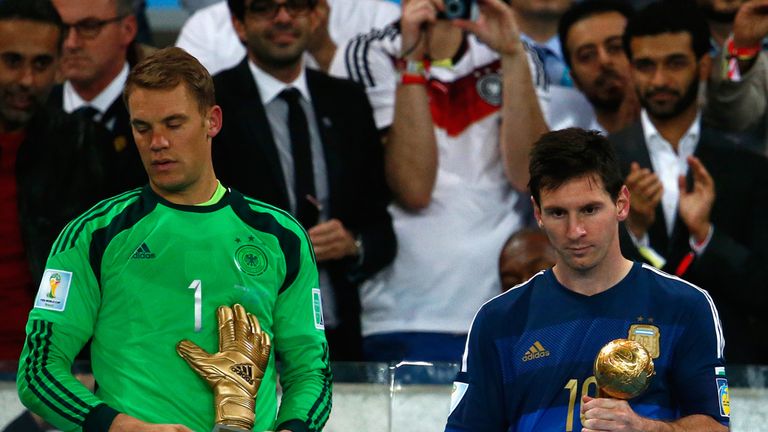 Miss "Bossy Pants"
Miss "Bossy Pants": This woman usually can't help
herself; she has bossy in her DNA. When a man first meets her, he might
think this character trait is cute,
for awhile. However, once he starts to feel like he is in grammar school being told what to do by
his second grade teacher, he will give this woman her walking papers.
Miss "Playing Games With His Heart": This woman thinks that being a game player will help her
land a man. However, even though a man might be intrigued by a
hard to get lady
in the beginning, as soon as he decides that he is interested in her,
all he wants is an honest straightshooter. If this woman doesn't remove
Battleship from her repertoire quite quickly, she will be shown the door before she can even
sink his vessel.
Miss "I Want To Change You": This woman is lurking
everywhere. She is the type of woman many men are the most leery of. (Of
course, there are some men who love this woman because of their own
insecurities.) She claims that she loves
her guy just the way he is, but little by little, she chips away at just about
everything
about him. First, it's his wardrobe, then it's his taste in music.
However, when she gets to his friends and his hobbies, she is usually
kicked to the curb.
Miss "Suspiciously Jealous": This woman is on edge
all the time because she is very distrusting. Many times, she has been
burnt in the past, so she is on guard for anything that looks or feels
wrong. When a man first meets this woman, he sees her as a
damsel in distress
and wants to reassure her that he is nothing like that guy in her past.
However, once she accuses him one too many times, he will have no
choice to leave her because he can't go through his life being
prosecuted for
somebody else's crimes.
Miss "I Live For You And I Have Nothing Else Going On": This woman is very difficult for a man to date, let alone marry. At first, he is flattered that she is
so
into him, but very quickly, he feels overwhelmed and suffocated by her.
As a woman, you must have something going on in your own life so that
you are not just
waiting by the door for him to come home.
Miss "I Have Daddy Issues": This woman usually dates
older men and deep down is looking for a father figure, not a boyfriend
or husband. Initially, her guy might like how she looks to him for
approval and the answer to all of her questions, but soon, he realizes
that he wants to have sex with a
real woman, not someone who is stuck in her teen years trying to get
Daddy to notice her.
Miss "I Speak To My Mother Five Times A Day About Everything":
This woman has her mother on speed dial and can't seem to make a
decision or do anything without getting her opinion. When a guy first
meets her, he thinks it's nice that she is
so close to her family, but soon, he finds it to be
way too much. A man just doesn't want to have to ask
her mother's permission about things in
his life.
Miss "Shhh, I Shouldn't Really Be Saying This, But...": This woman is like a human
Page Six.
She loves to gossip and talk about other people and she loves to hear
things about other people as well. Initially when a guy meets her, he
might be entertained by her anecdotes but eventually, he begins to
wonder what she is saying behind
his back.
Miss "Keeping Up With The Joneses": This woman needs to be
at least as good as everyone else she knows. She is constantly talking about what the other people
do and what the other people
have.
This places a lot of undue pressure on her guy and eventually, he justs
gets fed up that she can't appreciate what they have instead of wishing
she was
someone else.
Miss "I Don't Eat": This woman picks at her food, is on a never-ending diet or doesn't eat pretty much everything that
most people eat. When a man first meets her, he thinks to himself,
at least she will never become overweight, but eventually he realizes that it's no fun to
eat alone.
The fact is men like to eat; they like steak, they like trying
different foods, they like dessert and women should be eating too,
at least sometimes.
Keep in mind that most men just want a happy and easy going woman who has good values, so just focus on putting the best YOU out there.



























![SHOCKING: Six Students Of Gombe State University Die In Fatal Motor Accident [See Photo] Road accident SHOCKING: Six Students Of Gombe State University Die In Fatal Motor Accident [See Photo]](http://i0.wp.com/www.naijaloaded.com.ng/wp-content/uploads/2014/09/Road-accident.jpg?resize=600%2C388)









